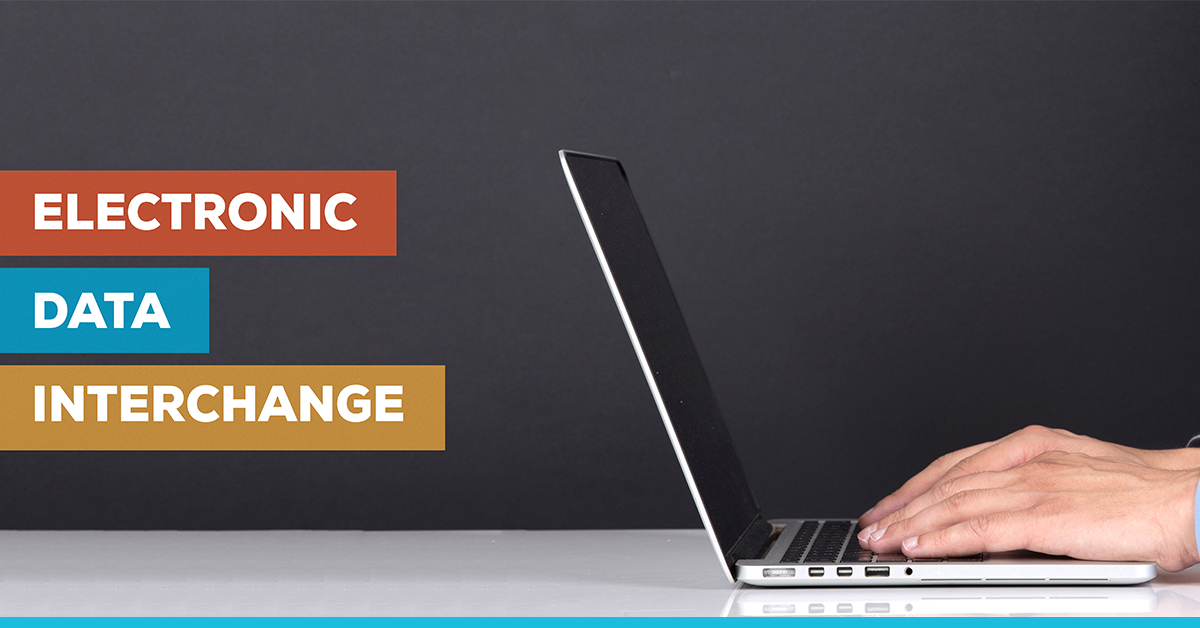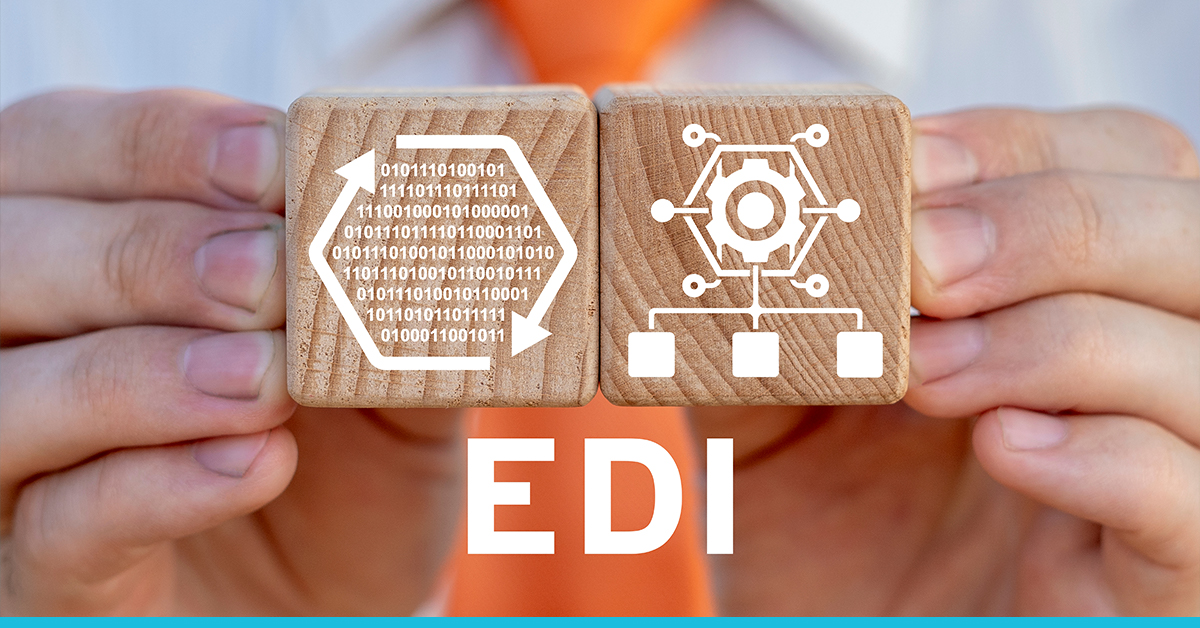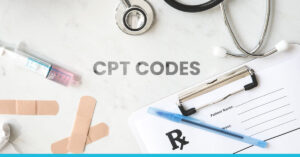
What Is EDI?
EDI stands for Electronic Data Interchange. It is a standardized system of exchanging data between electronic networks quickly and efficiently, in a uniform pattern. EDI is a quick, secure, and paper-free method for transferring documents.
Today, many large-scale institutions create, store, manage, and maintain their data in electronic databases. However, the data saved in a hospital’s electronic health records varies considerably from the data found in an insurance company’s records. All healthcare organizations are required to follow a standardized mechanism to process patient billing, insurance claims, and other important documentation.
By enrolling in an EDI system, these healthcare facilities can process these transactions in a secure, fast, and cost-effective manner. The systematic collection and handling of patients’ health information using EDI frameworks benefit all stakeholders, including healthcare institutions, healthcare providers, patients, and insurers. This also ensures uniformity in data processing and storage, and that no data is lost or misinterpreted.
What is the Role of Edi in Medical Billing?
Electronic Data Interchange has been instrumental in improving speed, accuracy, efficiency, and data quality in business operations since its introduction in the 1990s. It also revolutionized the US healthcare industry by integrating technology in various hospital billing and data handling procedures, allowing them to stay on top of their efficiency levels.
According to a Health Affairs report, more than 400 electronic formats were being used to record health information and transmit insurance claims in the 1990s. The industry was in dire need of standardization. Healthcare organizations grappled with enormous amounts of unorganized medical records, time-consuming documentation, and hundreds of insurance claims before the introduction of EDI. The established formats and standards under an EDI framework provided smooth claim processing, data transfer security, and increased productivity.
The integration of EDI in medical billing allowed healthcare facilities to discard most of the unnecessary paperwork, thus, meeting the goals of a paperless hospital office. Furthermore, it made it much easier and quicker to process insurance claims and denials. Going paperless and systematizing the collection of information allowed a cheaper and more reliable way of storing, processing, interchanging, accessing, and analyzing large scores of data.
The introduction of EDI in medical billing, therefore, solved many problems inherent in the healthcare ecosystem while providing numerous other benefits in managing patient medical records, medication data, and insurance claims.
Advantages of EDI Enrollment
Swift Claims Submission
Arguably the greatest benefit of EDI in medical billing is the ease of submitting insurance claims to payers. The arduous process of filing paperwork riddled with human errors made denials in claims quite common. With EDI, claims can be submitted rapidly through digital communication channels. Additionally, this data can be proofread and analyzed with the help of digital tools to remove inaccuracies.
Timely Insurance Reimbursement
Once claims have been submitted, the electronic platform allows easy processing and auditing, since all data has been formatted as per the EDI guidelines. This will streamline your billing process and lead to quicker reimbursements, minimizing the possibilities of claim denials.
Secure Data Transmission
Since EDI platforms are legally required to be secured and encrypted, safe data transmission is guaranteed. This allows providers to keep PHI safe and protect patients’ privacy.
Standardization across Organizations
The HIPAA (Health Insurance Portability and Accountability Act) of 1996 is a federal law enforcing the implementation of EDI. The HIPAA ensures that the submission of claims and reimbursement through transaction sets 837 and 835 (discussed below) are standardized across the board for all healthcare organizations and insurance agencies operating in the United States.
Reduced Costs
Remarkably, EDI in medical billing has saved healthcare institutions billions of dollars due to the limitation and elimination of data inaccuracies. The time spent in identifying errors, rectifying the mistakes, and rebilling the payer can cause significant delays and slow down the revenue cycle, which can be lead to significant surge in business operating costs.
Digitization of data helps cut down the cost of buying paper and other relevant materials. It has been estimated by the WEDI (Workgroup for EDI) that implementing EDI in medical billing saves healthcare facilities $1 per claim for health plans, $1.49 for physicians, and $0.86 for hospitals.
- Transparency in Financial Reporting
With EDI and healthcare data management, all claims and reimbursements are electronically tracked and summarized through automated digital tools. With reduced costs, rare inconsistencies, swiftly submitted claims, and timely reimbursements, financial reporting is now easier to process with each billable procedure accounted for. Consequently, EDI in medical billing streamlines the revenue cycle by helping submit cleaner claims.
Types of EDI Transaction
Generally speaking, healthcare facilities deploy three different types of EDI transactions when it comes to medical billing.
Healthcare Claim Transaction Set – 837
Claim 837 is sent from a healthcare provider to an insurance company. It details the patient’s claim information. You may understand this to be similar to a medical bill.
Healthcare Claim Payment/Remittance Advice Transaction Set – 835
The insurance company sends Claim 835 to the healthcare provider. It details the claim payment information. This is much like a payment receipt.
Since it documents the electronic fund transfer, providers can easily compare the amount transferred to the original amount billed. The insurance company also sends EOB[vi] (explanation of benefits) remittance advice to the healthcare provider through the 835.
Retail Pharmacy Claim Transaction
This allows the transmission of claims from healthcare professionals to the insurance company regarding pharmaceutical services and pharmaceutical product sale.
How to Implement EDI in Your Healthcare Practice?
Now that you are familiar with EDI and its many benefits in medical billing, you may want find out how to implement it in your own healthcare system.
It is important to complete all registration processes required by the insurer to enroll in an EDI system. Only then will your healthcare organization be allowed to submit electronic claims to the insurer. You can seek the services of a clearinghouse for this purpose, which can act as the middleman between provider and payer while facilitating EDI enrollment and transactions for your facility.
Whether you want to go with a custom-built software from scratch or looking to implement EDI in your existing medical billing system, there are a few essential aspects that you must pay attention to.
Competent Platform Infrastructure
A healthcare provider’s data system must be robust and well-engineered so that:
- EDI information can be efficiently stored, processed, retrieved, and assessed.
- Workflow is unimpeded by obstacles and unexpected emergencies. A backup system must be in place to ensure business stability.
- Transactions can be completed timely without delays due to disorderly information.
- Selective Authorization
To protect data from being misplaced or misused, allow certain access rights to certain groups of users only. Users can be divided into administrators, care providers, patients, etc., and granted selective access to patient documentation instead of the data being dealt with by multiple employees. This ensures that your information remains secure and organized for everyone using the system.
- Encrypted Communication
Information security threat is a growing concern since the beginning of the digital era. There are numerous challenges and risks involved in the transmission of data from one network to another. Breach of security by third parties is increasingly common in data exchange in healthcare organizations, resulting in theft, exposure, and financial losses.
Given that the EDI systems contain a wealth of information that hackers can sell on the black market, it is important to implement access control and advanced security features to secure sensitive data from malicious activities.
To protect the privacy and confidentiality of the patient’s information and communication channels, your platform must be encrypted. Using encrypted EDI infrastructure is a requirement of CMS standards, and a prerequisite to implementing reliable and secure data transfer and messaging.
PHI Safety
Protected Health Information (PHI) is any information in a medical record used for the identification of a specific patient, including medical history, test results, insurance information, and personal information. PHI can be secured by:
- Implementing strict identification systems for all employees accessing the healthcare record, such as biometrics.
- Setting automatic sign-offs and login alerts to keep track of when the data was accessed.
See Also: 5 Efficient Medical Billing Tips To Maximize Collections
Conclusion
Electronic data interchange is increasingly becoming a vital component of healthcare data management today, allowing healthcare providers, patients, and insurers to interact and operate more efficiently.
The implementation of EDI in medical billing requires extensive knowledge and expertise. However, with a team of highly skilled programmers and experience in healthcare development, you can obtain a highly functional platform adhering to HIPAA regulations. With a little effort, your healthcare organization can reap all the benefits that EDI offers.









No comment yet, add your voice below!